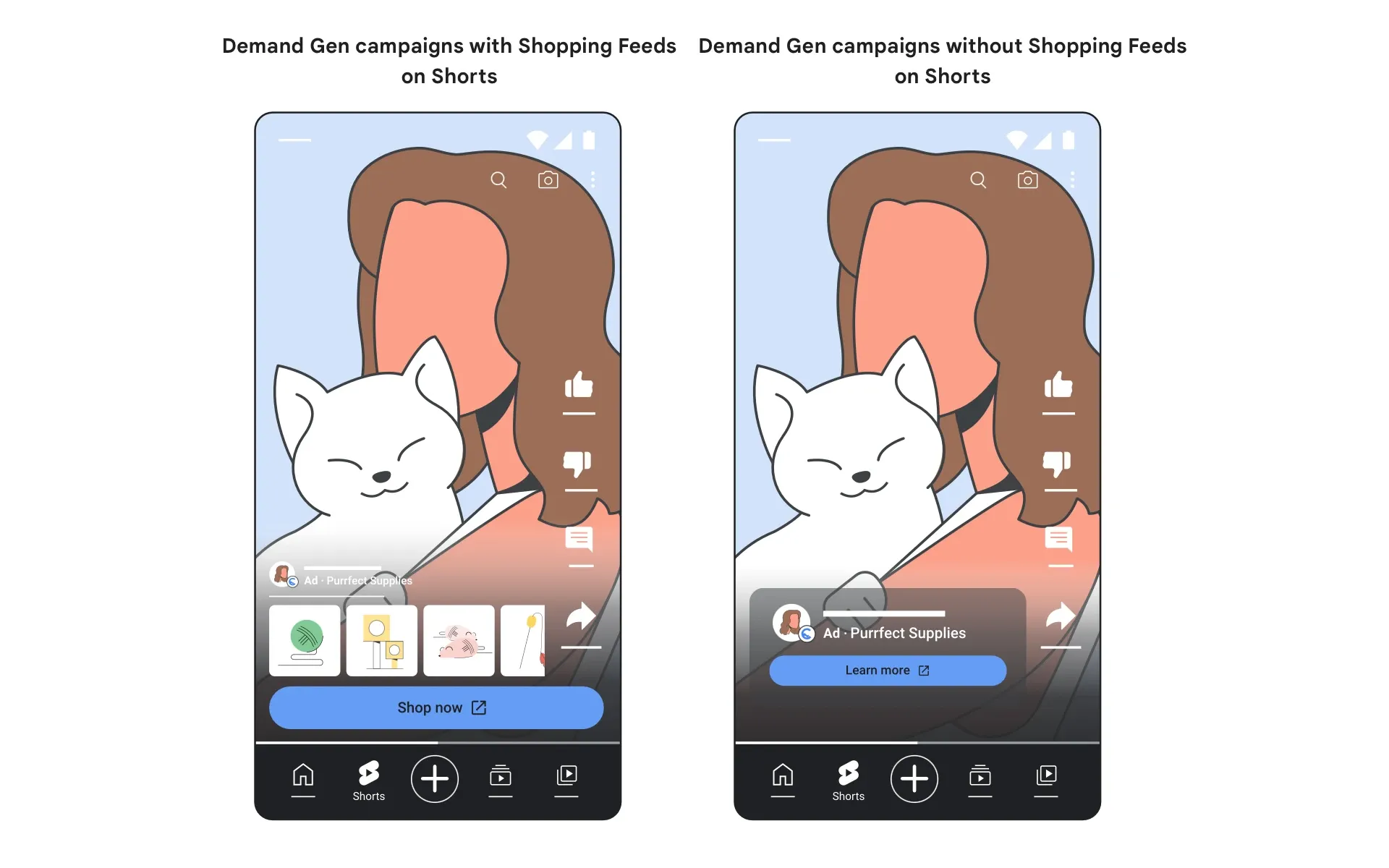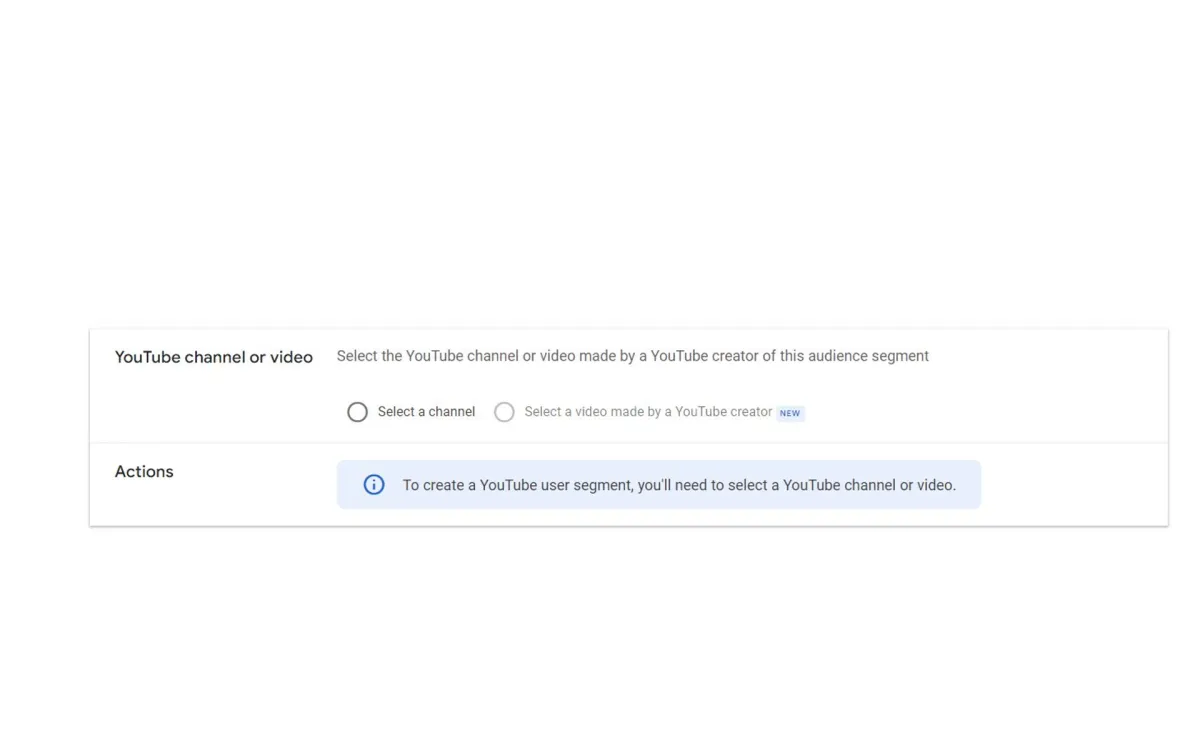Google introduces Partnership Ads
New advertising format enables brands to leverage creator content across marketing campaigns.

Google this month unveiled Partnership Ads, an innovative advertising format that allows brands to utilize YouTube creator videos in their marketing campaigns. This new tool aims to enhance advertising authenticity and reach by leveraging the unique connection between creators and their audiences. Partnership Ads, powered by BrandConnect, promises to reshape how advertisers approach YouTube's vast ecosystem of content creators and viewers.

According to Google's official announcement, Partnership Ads offers a suite of features designed to streamline the process of incorporating creator content into advertising campaigns. These features include the ability to use organic creator videos in ad campaigns, create data segments for campaign audience optimization, and access organic view metrics for linked videos. This comprehensive approach seeks to address the growing demand for more authentic and engaging advertising content across various marketing objectives.
The introduction of Partnership Ads comes at a time when the digital advertising landscape is increasingly focused on authenticity and audience engagement. By enabling brands to tap into the established relationships between creators and their viewers, Google aims to provide a more effective advertising solution that resonates with target audiences. This move also recognizes the significant influence that content creators wield in today's digital ecosystem.
One of the key benefits highlighted by Google is the potential for improved ad performance through the use of creator videos. The company suggests that the authentic voice often found in creator content can lead to stronger connections between brands and viewers. Additionally, the established communities surrounding popular creators offer brands the opportunity to reach new, receptive audiences that may have been previously untapped.
Partnership Ads supports a wide range of campaign types, demonstrating its versatility across different marketing objectives. The feature is available for Video Action Campaigns, Demand Gen Campaigns, Video Reach Campaigns, Video View Campaigns, App Campaigns, and Performance Max Campaigns. However, it's worth noting that certain features, such as the co-branded partnership ad format, are only available for specific campaign types like Demand Gen Campaigns for In-Feed and Shorts ads.
The process of implementing Partnership Ads involves several steps, beginning with linking creator videos to the advertiser's Google Ads account. This crucial step enables the use of the video in ads, provides access to valuable audience data, and offers insights into organic view metrics. Google emphasizes the importance of securing sufficient rights to use the video as an ad, which may require a separate agreement with the creator or other rights holders.
Once the videos are linked, advertisers can integrate them into existing or new ad campaigns. The ads will be shown from the creator's YouTube channel, adding an extra layer of authenticity to the message. For Demand Gen Campaigns, a new co-branded partnership ad format is available for In-feed and Shorts ads, providing a visually engaging experience that showcases the collaboration between the brand and the creator.
To maximize the effectiveness of Partnership Ads, Google recommends utilizing the organic viewership of creator videos to create data segments and build audiences for campaign set-up. These data segments can also be used as a seed for creating lookalike audiences in Demand Gen Campaigns, potentially expanding the reach of the advertising effort.
Measurement and performance tracking are crucial aspects of the Partnership Ads feature. Google has ensured that all standard Google Ads reporting and Lift measurement capabilities are available for campaigns using Partnership Ads. This allows advertisers to monitor key metrics such as impressions, click-through rates, conversions, and engagement to gauge the effectiveness of their creator-partnered campaigns.
For advertisers looking to validate the impact of adding creator videos to their campaigns, Google suggests running experiments. A recommended approach is to set up a head-to-head experiment with a control campaign using a regular video ad creative and a test campaign that includes both a regular video creative and a creator video (partnership ad). By keeping other campaign settings consistent, advertisers can isolate the impact of the creator content on campaign performance.
The introduction of Partnership Ads reflects the ongoing evolution of digital advertising strategies. As consumers become more discerning and ad-savvy, the need for authentic, engaging content has never been greater. By facilitating collaborations between brands and creators, Google is positioning itself at the forefront of this trend, offering a tool that has the potential to benefit advertisers, creators, and viewers alike.
However, it's important to note that the success of Partnership Ads will likely depend on various factors, including the quality of the partnerships formed, the relevance of the creator content to the brand's message, and the overall execution of the campaigns. As with any new advertising tool, it will be crucial for brands to carefully consider their strategies and monitor results to ensure they're achieving their desired outcomes.
Key facts about Google's Partnership Ads
- Announced on August 28, 2024
- Powered by BrandConnect
- Allows brands to use YouTube creator videos in ad campaigns
- Supports various campaign types including Video Action, Demand Gen, Video Reach, Video View, App, and Performance Max
- Features include:
- Use of organic creator videos in ads
- Creation of data segments for audience optimization
- Access to organic view metrics for linked videos
- Co-branded partnership ad format available for Demand Gen campaigns (In-Feed and Shorts)
- Requires linking creator videos to Google Ads account
- Offers standard Google Ads reporting and Lift measurement capabilities
- Recommended to run experiments to assess effectiveness


